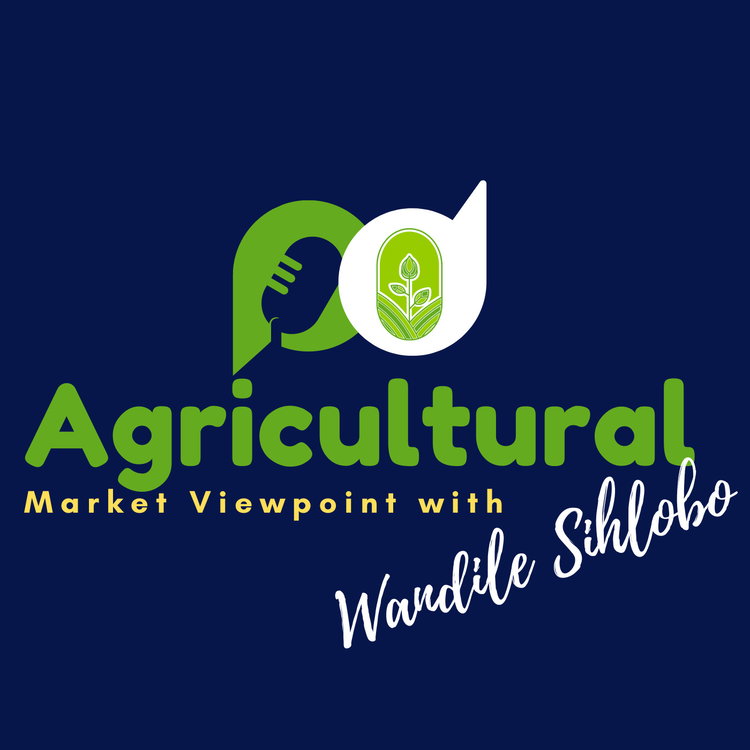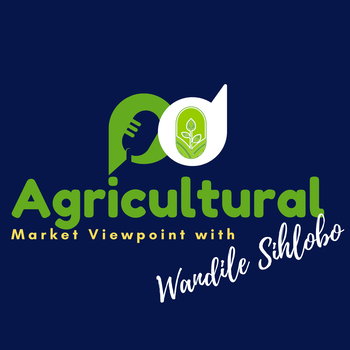
SA sees a 20% rise in agricultural trade surplus in the first quarter of 2024
Loading player...
The collaboration between Transnet, organised business and agriculture sector stakeholders to improve efficiency at SA ports must go on. Efficient logistics are the lifeblood of SA agriculture and other exporting sectors of the economy.
Admittedly, the deciduous fruit industry faced many challenges at the Port of Cape Town at the start of 2024 related to delays that proved costly to farming businesses. Still, continuous collaboration to ensure improvements is the only viable path forward.
We are already seeing the benefits of the improvements in the agricultural sector through the rise in the value of exports. In the first quarter, agricultural exports increased 6% year on year, reaching $3.1bn according to Trade Map data, a result of both higher volumes and prices. The products leading the export list were grapes, apples and pears, maize, wine, apricots, sugar, wool, fruit juices, peaches and apricots.
From a regional perspective, Africa received the lion’s share of SA’s agricultural exports, accounting for 42%. The main export products were maize, cereal meals and pellets, sugar, prepared foods, apples and pears, fruit juices, wheat, ciders and other fermented beverages, and soya bean oil.
The EU regained its position as SA’s second-largest agricultural market, overtaking Asia, with a share of 22%. Grapes, apricots, peaches, cherries, plums, wine, apples and pears, dates, figs, avocados, guavas, mangos, wool and fruit juices were the primary products exported to the EU in the first quarter.
Asia and the Middle East as a collective were the third-largest agricultural markets for SA, accounting for 19% of exports. The main products were apples and pears, grapes, wool, sugar, beef, citrus, apricots, cherries and peaches, mutton and lamb, and soya beans.
The Americas region accounted for 6% of SA’s agricultural exports in the first quarter, manly grapes, wine, fruit juices, apples and pears, nuts, apricots and cherries. The rest of the world, including the UK, accounted for the remaining 10% of our exports.
Of course, SA doesn’t engage in one-way trade — the country imports various agricultural products. In the first quarter, these imports amounted to $1.6bn, down 4% year on year, according to data from Trade Map. The drop resulted from slightly lower volumes and prices of the major products SA imports, such as wheat and rice, whose prices cooled off at the start of this year from the rally we saw in 2023.
As in most years, SA’s major imports in the first quarter were wheat, rice, palm oil, poultry products and whiskies. SA lacks favourable climatic conditions to grow rice and palm oil, and thus relies on imports of these products. In the case of wheat, we import nearly half of our annual consumption because of unfavourable climatic conditions to expand domestic wheat production beyond the regions where we already cultivate winter wheat.
Accounting for both exports and the imports, SA’s agriculture recorded a trade surplus of $1,4bn in the first quarter, up 20% from the first quarter of 2023. The sharp rise resulted mainly from imports falling, while exports lifted slightly.
Overall, SA should stay focused on improving the logistical infrastructure efficiency and on the export market expansion mission for the agricultural sector. There is a need for increased investment in port and rail infrastructure and improving roads in the farming towns that continue to constrain the sector’s growth. Listen to the podcast for a detailed reflection.
My writing on agricultural economic matters is available on my blog: https://wandilesihlobo.com/
Podcast production by Lwandiso Gwarubana, Richard Humphries, and Sam Mkokeli
Admittedly, the deciduous fruit industry faced many challenges at the Port of Cape Town at the start of 2024 related to delays that proved costly to farming businesses. Still, continuous collaboration to ensure improvements is the only viable path forward.
We are already seeing the benefits of the improvements in the agricultural sector through the rise in the value of exports. In the first quarter, agricultural exports increased 6% year on year, reaching $3.1bn according to Trade Map data, a result of both higher volumes and prices. The products leading the export list were grapes, apples and pears, maize, wine, apricots, sugar, wool, fruit juices, peaches and apricots.
From a regional perspective, Africa received the lion’s share of SA’s agricultural exports, accounting for 42%. The main export products were maize, cereal meals and pellets, sugar, prepared foods, apples and pears, fruit juices, wheat, ciders and other fermented beverages, and soya bean oil.
The EU regained its position as SA’s second-largest agricultural market, overtaking Asia, with a share of 22%. Grapes, apricots, peaches, cherries, plums, wine, apples and pears, dates, figs, avocados, guavas, mangos, wool and fruit juices were the primary products exported to the EU in the first quarter.
Asia and the Middle East as a collective were the third-largest agricultural markets for SA, accounting for 19% of exports. The main products were apples and pears, grapes, wool, sugar, beef, citrus, apricots, cherries and peaches, mutton and lamb, and soya beans.
The Americas region accounted for 6% of SA’s agricultural exports in the first quarter, manly grapes, wine, fruit juices, apples and pears, nuts, apricots and cherries. The rest of the world, including the UK, accounted for the remaining 10% of our exports.
Of course, SA doesn’t engage in one-way trade — the country imports various agricultural products. In the first quarter, these imports amounted to $1.6bn, down 4% year on year, according to data from Trade Map. The drop resulted from slightly lower volumes and prices of the major products SA imports, such as wheat and rice, whose prices cooled off at the start of this year from the rally we saw in 2023.
As in most years, SA’s major imports in the first quarter were wheat, rice, palm oil, poultry products and whiskies. SA lacks favourable climatic conditions to grow rice and palm oil, and thus relies on imports of these products. In the case of wheat, we import nearly half of our annual consumption because of unfavourable climatic conditions to expand domestic wheat production beyond the regions where we already cultivate winter wheat.
Accounting for both exports and the imports, SA’s agriculture recorded a trade surplus of $1,4bn in the first quarter, up 20% from the first quarter of 2023. The sharp rise resulted mainly from imports falling, while exports lifted slightly.
Overall, SA should stay focused on improving the logistical infrastructure efficiency and on the export market expansion mission for the agricultural sector. There is a need for increased investment in port and rail infrastructure and improving roads in the farming towns that continue to constrain the sector’s growth. Listen to the podcast for a detailed reflection.
My writing on agricultural economic matters is available on my blog: https://wandilesihlobo.com/
Podcast production by Lwandiso Gwarubana, Richard Humphries, and Sam Mkokeli

